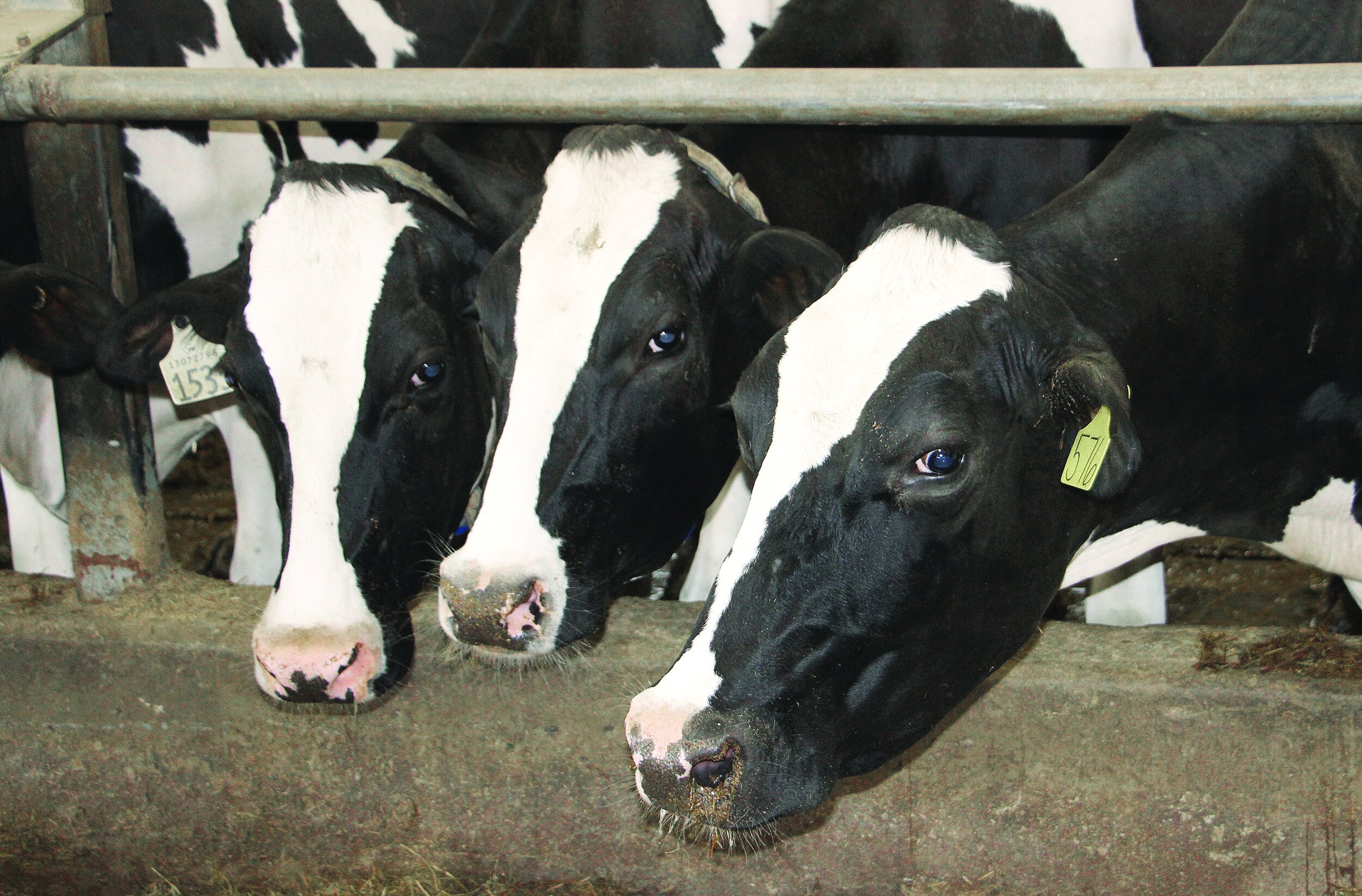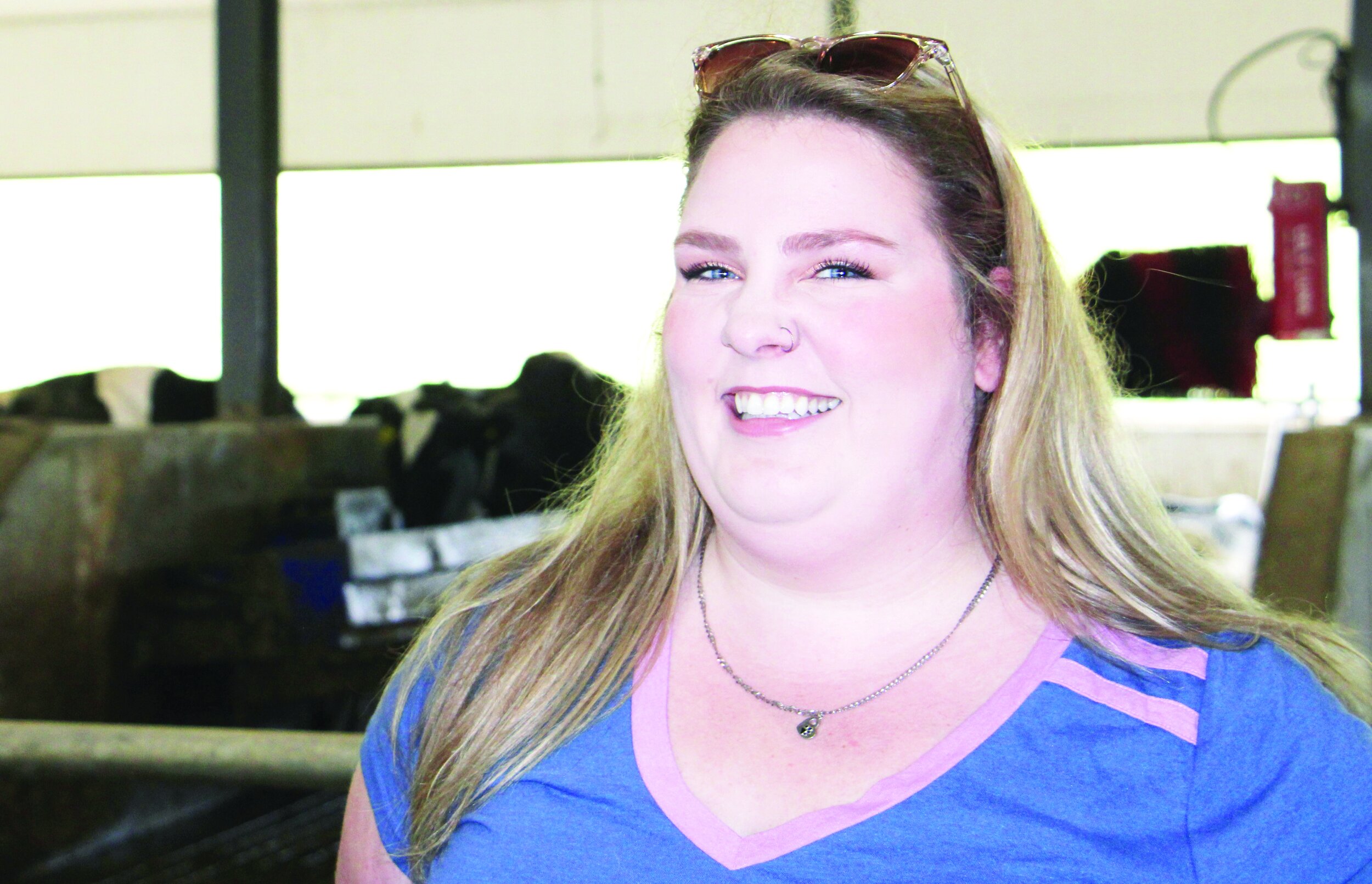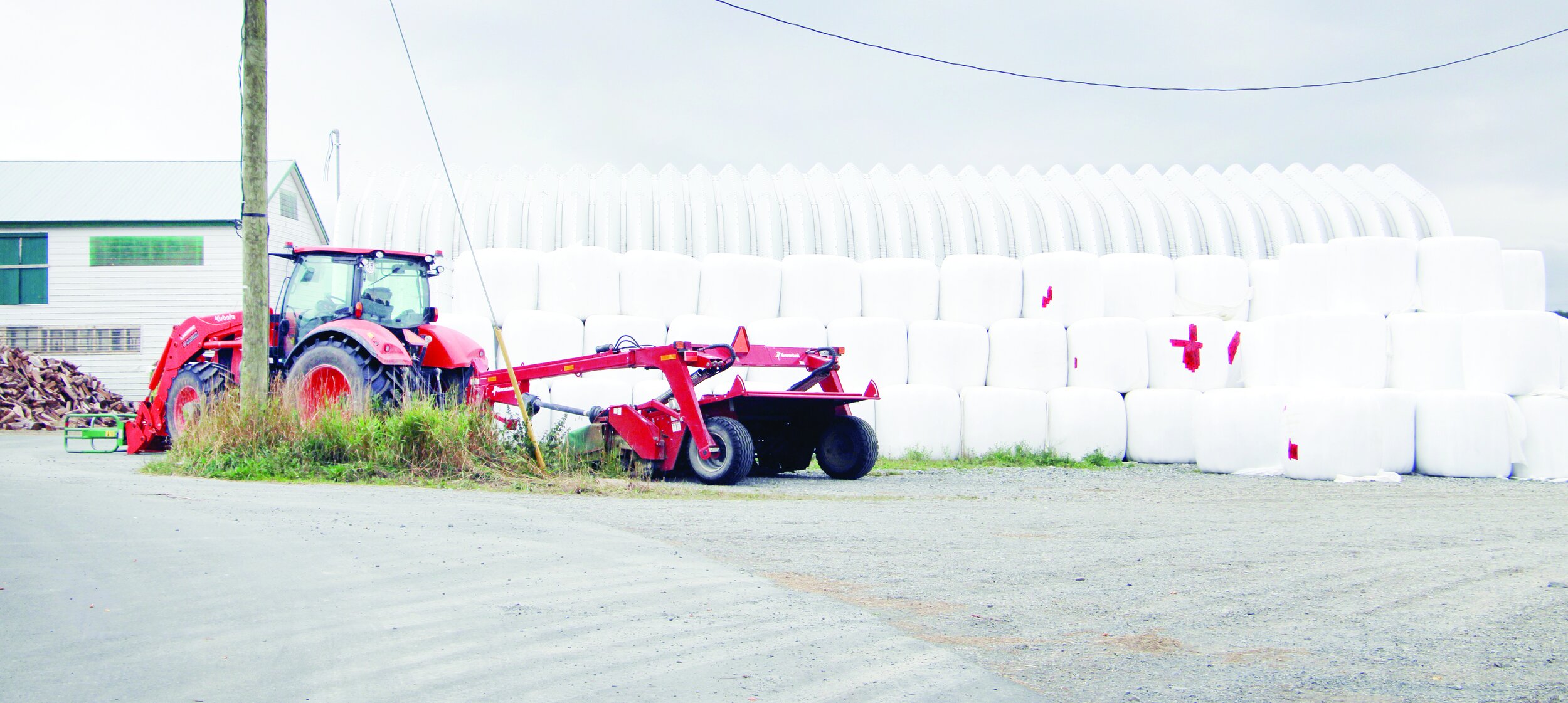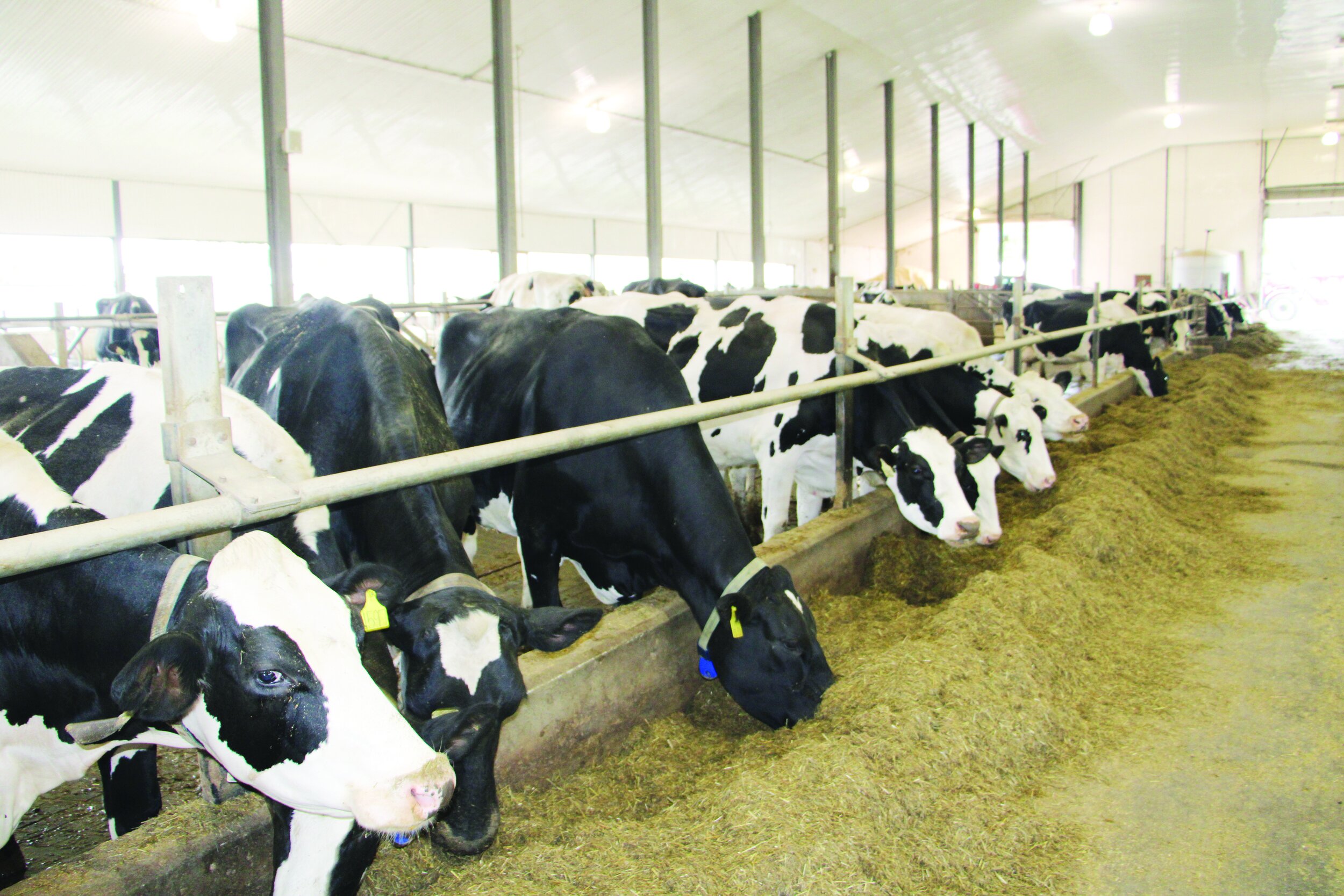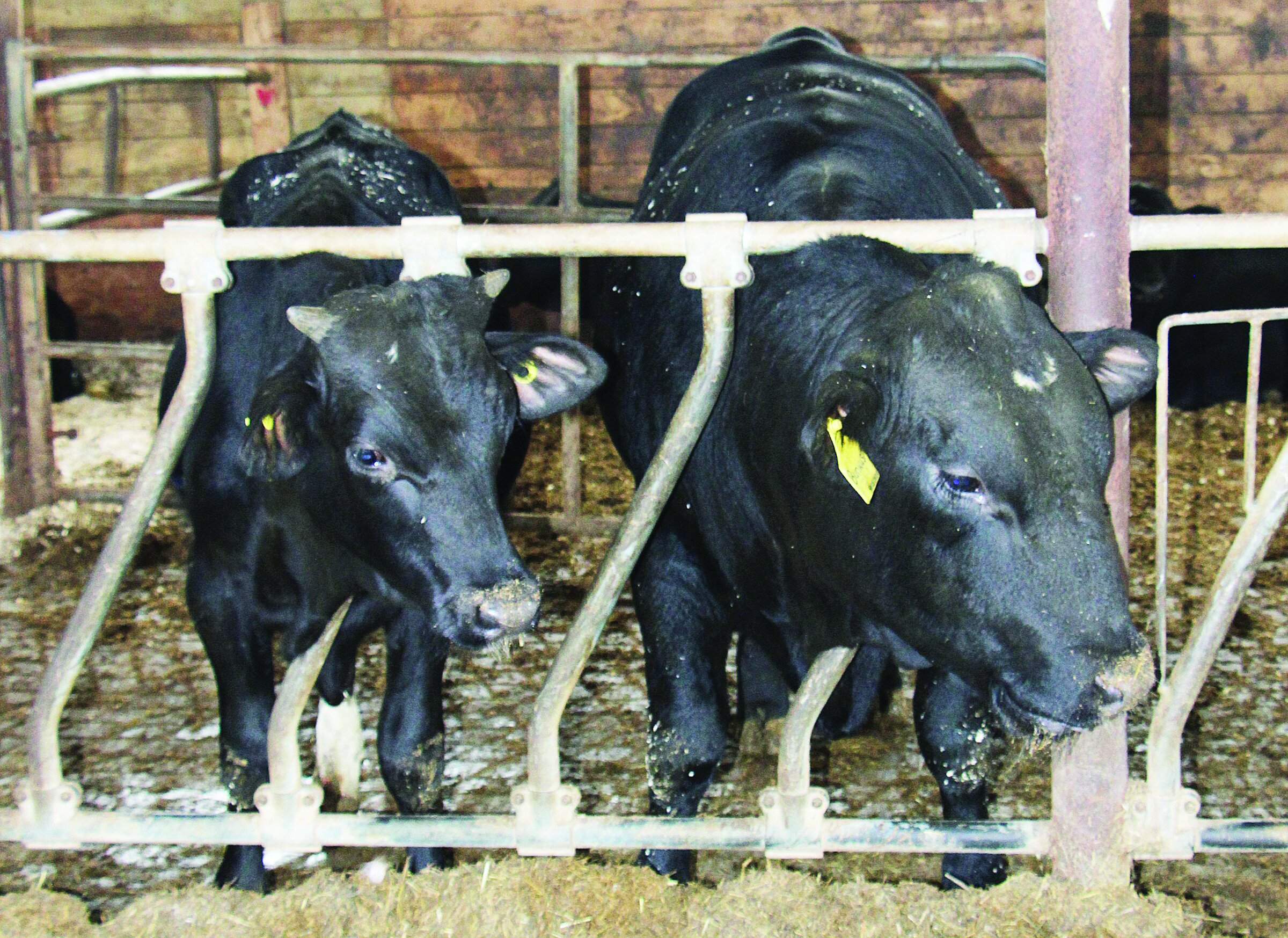N.L. farm family milking it for all its worth
/by George Fullerton
Rebecca Williams is the third generation of the Williams family to take on a portion of the management responsibilities at Pond View Farms in Goulds, N.L., a 15-minute drive south of St. John’s. She comes to her position with a business management (dairy) diploma from Dalhousie University’s Agricultural Campus in Truro, N.S.
During a visit to the farm back in mid-September, the farmyard was lined with small mountains of round-bale silage. In the background, large green fields were freshly mown, producing a “bonus” third cut.
Rebecca’s grandfather Eric established the Pond View dairy operation in 1959 with nine cows and 20 acres of cleared land. Eric’s son Crosbie took on the lead management role when Eric retired. Crosbie and Rebecca’s father Ray still work and contribute to the farm, along with hired staff. Rebecca continues the family commitment to agriculture and dairy in particular.
Along with building his own dairy operation, Eric Williams helped organize Newfoundland’s dairy supply management system and served as the first chairman of the Newfoundland and Labrador Milk Marketing Board (which became the Dairy Farmers of Newfoundland and Labrador). Eric also directed his energies to establishing a cost-of-production formula for the province’s milk production. And he served as a Dairy Farmers of Canada director and was a consultant to the dairy industries in Russia and Ukraine. Eric was inducted into the Atlantic Agricultural Hall of Fame in 2001.
Crosbie Williams continued the family’s commitment to Pond View and the province’s dairy industry, serving on the Dairy Farmers of Newfoundland and Labrador board, including a term as vice-chair. He also served on the Newfoundland and Labrador Federation of Agriculture and Farmers Co-operative Dairy Ltd. boards.
The Pond View dairy operation currently milks 170 to 180 cows, which are housed in a free-stall barn that was completed in 2005. In 2021, Pond View ranked third in the province for milk quality.
Milk is the only agricultural product that Newfoundland and Labrador is self-sufficient in. Excess milk is shipped out of province for dairy product processing. Currently, dairy farmers in the province are developing their own secondary dairy processing plant in Deer Lake in partnership with Irish dairy processing company Glenstal Foods Ltd.
AT HOME IN THE BARN
Rebecca exudes passion for dairy farming and explained that as a child, she would spend many hours in the dairy barn.
“Before I went to school and learned to write, I would leave a note for my mother when I was off to the barn,” she said. “I would draw a picture of the barn and an arrow pointing to it, so my mother would understand that’s where I was. As I grew up, I loved taking care of and raising calves.”
The farm’s staff is key to its success.
“My father works mainly operating equipment, along with Uncle Crosbie,” said Rebecca. “Shawn Tilley has worked with us for 13 years and he operates equipment and fills in anywhere required. We have another full-time employee who works in the barn, and we have three girls who milk. My happy spot is in the barn, but I have found that I need to spend an increasing amount of time in the office. I am not fond of tractor work, but I do fill in when there is a real need.”
Pond View has about 250 acres of land in forage production. The forage mix is a traditional triple mix of Red and Alsike clovers and timothy.
“We have found that triple mix provides us with a reliable crop, and we typically get two cuts,” said Rebecca. “Sometimes we get a third cut, which we consider a bonus. Forage is put up as round-bale silage for the cattle. Some second and possibly third cut will be hay and we sell it to horse people.”
The Williams use about 3,000 round bales per year and import several loads of alfalfa – usually from P.E.I. – to add to their total mixed ration (TMR). Feed concentrates are delivered by truck from out of province.
The dairy barn is equipped with mechanical alley scrapers and the manure is pumped into a lagoon. Manure is spread in the spring and autumn. Field soils are tested regularly, and commercial fertilizer is applied at the start of the growing season.
TIME IN THE OFFICE
The operation’s inputs are guided by a nutrient management plan. Additionally, the farm maintains an environmental farm plan and adheres to a proAction protocol with regular audits.
Rebecca contends that while the operation keeps accurate records to guide day-to-day farm management, preparing for a proAction audit still requires a good deal of office time to get all the required data in order for the auditors.
She underlined that proAction is an essential tool for the dairy industry, assuring consumers of high-quality dairy products and production practices that meet a high standard.
The milking cows are registered Holsteins. Genotyping is employed to identify the cows in the top half of the herd, which are artificially inseminated with sexed semen from Holstein sires for high-production and long-production potential. The cows in the lower half of the milking herd are bred to beef sires, mainly Red and Black Angus. Some of the beef crosses are sold to local beef farmers and about 20 per year are raised on the Pond View farm and later sold to local abattoirs.
Rebecca said that she has “limited confidence” in her artificial insemination skills.
“But Uncle Crosbie has years of experience and a very respectable conception rate, so he does most of the breeding,” she said. “Cows approaching their birthing date are put into maternity pens and calves are fed with their dam’s colostrum for up to five days.”
Heifer calves and beef crosses that will be raised on the farm are transferred to a separate barn at about one week of age.
“About 85 percent of our Holstein heifers are shipped to Prince Edward Island where they are raised and returned back to Pond View as they approach their first calving,” said Rebecca. “Some heifers are raised on farms in the greater St. John’s region.”
HEALTH AND COMFORT
Milk production is monitored daily and is one metric to help evaluate cow health. Milk production is officially measured twice per month. Milking cows exhibiting health or production issues are segregated into a pen for the herd health visit, which Pond View’s veterinarian does on a weekly basis. The vet also evaluates the reproductive condition of cows in early lactation.
Traditionally, the Williams have done their own foot trimming, but they recently began contracting out for the service and plan to have the contractor come twice a year to maintain their cattle’s feet. The farm’s cows appear very clean and relaxed, and the free stalls are large and have copious amounts of clean and dry sawdust.
The milking is done in a double-10 parlour, with two workers in the pit. Rebecca admires their DeLaval parlour for its height-adjustable worker area. The floor height adjusts to ensure workers are in a comfortable position in relation to the cows they’re working with, reducing fatigue and muscle and joint strain.
In addition to her responsibilities on the family farm, Rebecca is engaged with the Newfoundland and Labrador Young Farmers’ Forum (NLYFF), having served as vice-chair for a number of years.
“The forum brings in expert speakers on a variety of subjects relating to agriculture,” she said. “I really enjoy the opportunity to learn from their presentations, but also to meet the presenters and to know that they can be a valuable resource to help us manage our farm operations. The subjects focused on in our forums range from mental health to herd health to succession planning.”
Rebecca pointed out that the NLYFF coordinates several initiatives to support young farmers, including a mentorship program that matches new farmers with established farmers to share knowledge and experience.
“We are very fortunate that we have a very committed coordinator in Matthew Carlson,” she said. “He is focused on the forum and helping to build agriculture in Newfoundland and Labrador.”
